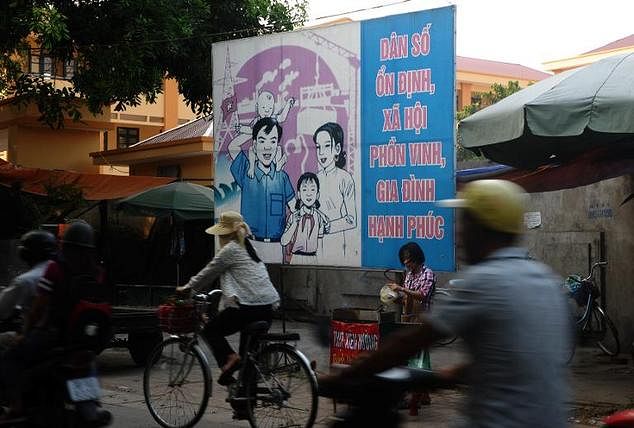Hanoi and Saigon, Vietnam's two largest cities, have seen huge increases in the rate of obese children living within the metropolises over the last 20 years.
Dan Tri reports that the National Institute of Nutrition shared a set of striking statistics at a conference on child obesity in Hanoi last week.
According to the institute, the rate of childhood obesity in both cities was 12% in 1996. As of 2015, the last year for which figures are available, that rate was 50% in Saigon and 40.7% in Hanoi.
Bui Thi Nhung, who presented the findings, shared: "It's alarming that one out of every two children is obese."
More specifically, a study by the Hanoi Preventive Medicine Centre found that children living in the capital's central districts are more likely to be obese than kids in the suburbs: the rate is 40.6% in inner districts, and just 17% in outer areas. This comes as no surprise due to the prevalence of unhealthy food options within the downtown area, such as fast food joints and milk tea shops.
Experts at the conference blamed poor diets and a lack of exercise on the rapid increase in urban childhood obesity, the news source shares. Nhung explained that children need to eat more fresh fruit and vegetables, as opposed to fast and fried food.
Meanwhile, AFP reports on a new study in The Lancet, the major medical journal, which shows that there are 10 times as many obese children globally as there were in 1975.
In 2016 there were 74 million obese males between the ages of 5 and 19, up from six million 40 years ago, while the number of obese females in the same age group has jumped from five million to 50 million. However, the number of underweight children is still higher than the number of obese children, though if current trends continue this may change by 2022, according to the news source.
Back in June, another study on a global scale conducted by the New England Journal of Medicince named Vietnam and Bangladesh as countries with the lowest rates of obesity in the world at 1% of total population. However, the research was done on adults, thus leaving out Vietnam's younger demographics.
[Photo via DTI]














